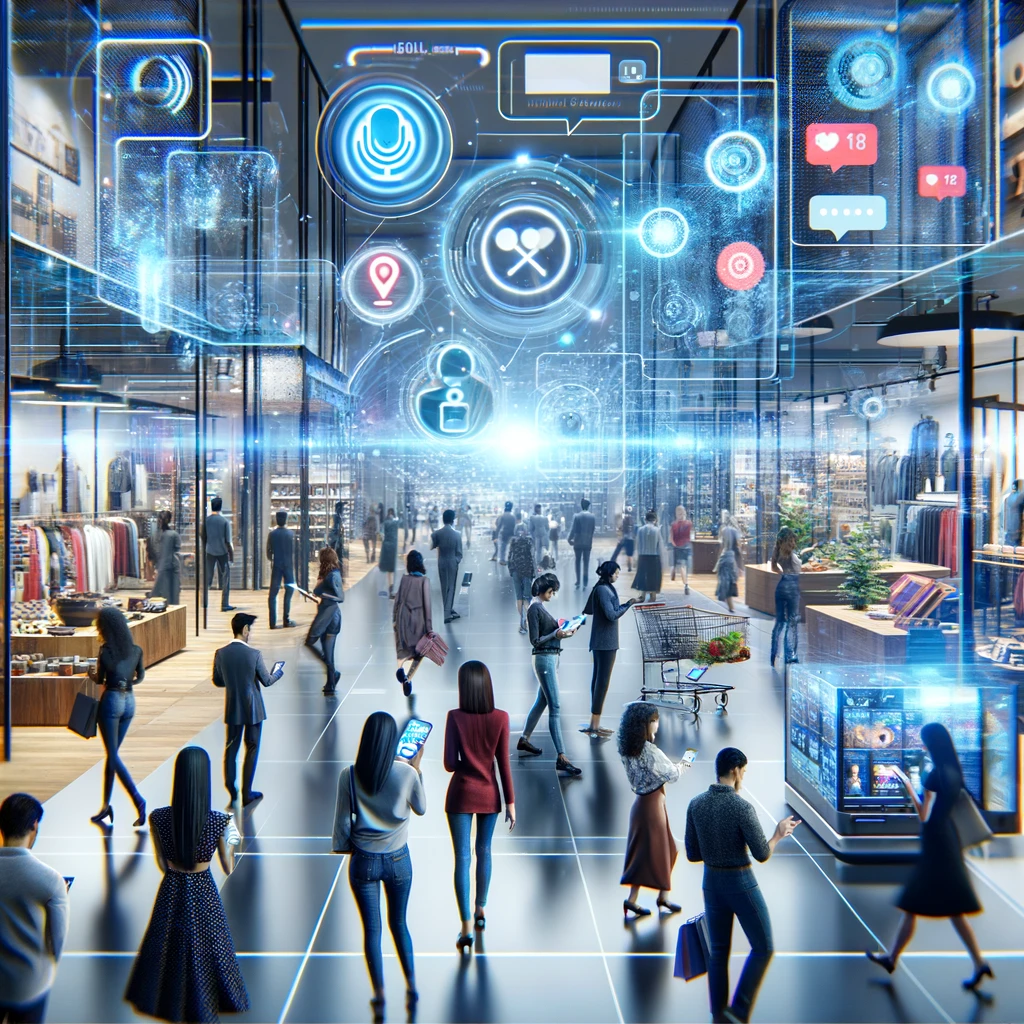But if a picture is worth a thousand words…
Image search allows users to find “something like this” without overly complex and often vague “I want a Large black t-shirt that I can wear on a Friday night” descriptors. Users can upload an image and find “a shirt like my favorite black t-shirt that I bought ten years ago at a store that no longer exists.”
36% of users engage in visual search, and 50% say image-based results are most important when shopping (not buying). Cloths and furniture rank 86 and 85% in importance, with cars, groceries, and vacations at around 56%.
Why? We are visual creatures first, with 80% of our input coming through our eyes, processing 10M bits of information every second. Now you know why consumer and automobile marketers spend so much time, money, and effort on visual branding. Moving that search and the emotional connection to the cloud is growing.
Victoria's Secret has partnered with Google Cloud to implement various AI and generative AI technologies to enhance consumer online shopping experiences.
This virtual shopper advisor offers personalized product recommendations and advice based on customer preferences and life experiences on their website and mobile app. The assistant is designed to replicate the empathetic and caring interactions that customers would have with in-store associates.
AI-Powered Product Search Feature: Customers can upload images of desired products (like a specific style of bra) to the Victoria's Secret website, and the AI will provide recommendations for similar items in their current lineup.
When I started shopping with my partner, it was an eye-opening experience. Her preferences, fit, and form were very brand-specific and required custom fitting (I learned that all women need a fitting for bras).
Use of Adore Me's AI Technologies: Following the acquisition of Adore Me, Victoria's Secret plans to use its large language model technologies and expertise in AI to enhance the shopping experience across the Victoria's Secret and PINK brands.
Websites using visual search garner 30% more conversions, and 55% of consumers report that visual search influences their choices (shopping vs. buying). Visual search in 2023 was around $15B.
British online fashion style site ASOS launched its version of visual search. Target and Amazon have been using visual search since 2014 in select areas of their websites. Specific breakout numbers aren’t available, but the trend continues for retailers as they look for new ways to keep the audience's attention. With Google removing third-party cookie data, retailers will look for this highly contextual search to maintain and grow wallet share.
Recap
Voice search is like a Waldo, an extension of the user’s hands in a keyword search. It’s incredibly good for giving instructions and detailing narrowly focused requests that require a specific response.
Image search is best for reviewing sets of responses with what may be perceived as vague (“Size small dresses in red”), and it is language/cultural/accent agnostic. Visual search helps you find things you like; you can provide an example. It's subtle and extremely powerful.
Today, they are separate tools providing more value than keyword searches for consumers and the data teams at Retailers.
1. How will voice and visual search impact your retail strategy in the next 36 months?
2. How can visual search technologies enhance your customer's shopping experience and, therefore, your brand affinity?
3. Homework: Do you shop with or for your family unit? How will visual search impact the joint experience?

